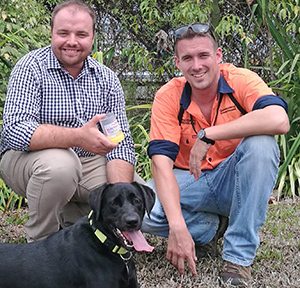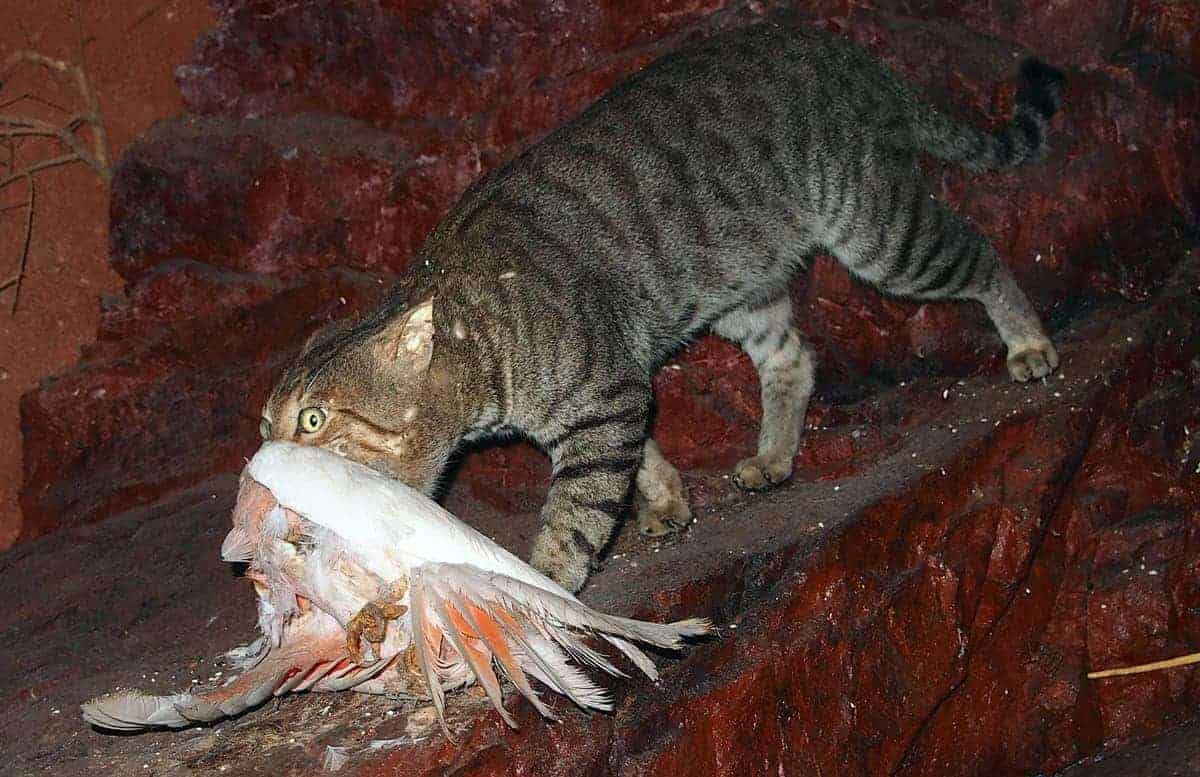
Biosecurity Queensland’s electric ant eradication program, based in Cairns, has successfully eradicated more than 90% of Australia’s only infestation after years of baiting and monitoring, but all this effort could be wasted unless the job is finished.
The electric ant program is an unsung success story in biosecurity responses to toehold invaders. It is a model for the kind of commitment that needs to be brought to bear on a similar invader, the deadly red fire ant.
Since 2006, the small team based in far north Queensland has had great success integrating baits, traps, detection dogs, community awareness and research to develop innovative responses to electric ants.
The expansion of electric ants is slow. They rely on humans to rapidly spread – usually through the illegal dumping of household waste or the swapping and sharing of potted plants.
The ants are tiny, much smaller than fire ants or yellow crazy ants, but pack a powerful sting and can disrupt and displace other species. Electric ants can establish colonies anywhere and usually do not have visible nesting locations. They can form dense populations disrupting fields and backyards and because they can survive in water will sting swimmers, even in backyard pools.

Let’s finish the job
Despite the electric ant program’s success, or perhaps because of it, state and federal funding ran out late last year. This threatens all the achievements of the program to date.
With less than a dozen localised infestation sites remaining the program is now in a holding pattern. If funding is not found we could see the re-emergence of electric ant populations, wasting the investment to date and making future eradication potentially much more expensive.
For now the Queensland Government is providing funds to continue vital surveillance and containment work while it makes the case for new national funding. The lack of a determined and sustained response is a key factor in biosecurity response failures in Australia and electric ants serve as our most recent example.
Past experience shows that the eradication of the last few percent of an infestation is the most expensive and time consuming part of any program due higher levels of surveillance and lower ease of detection.
Evidence of this can be seen in the red fire ant eradication effort. The initial success resulted in a reduction in funding and staffing levels. In hindsight, this decision proved extremely costly. The fire ants spread and now we are faced with a multi-billion-dollar economic threat and a $380 million eradication cost.
The Invasive Species Council is pushing for a new national and state funding commitment for the final stage of the electric ant eradication effort. Biosecurity Queensland needs the funds to finish the electric ant eradication.
Success with electric ants will build confidence in the ability of Biosecurity Queensland to handle the much larger southeast fire ant eradication program, which all states will be asked to fund in May this year.








